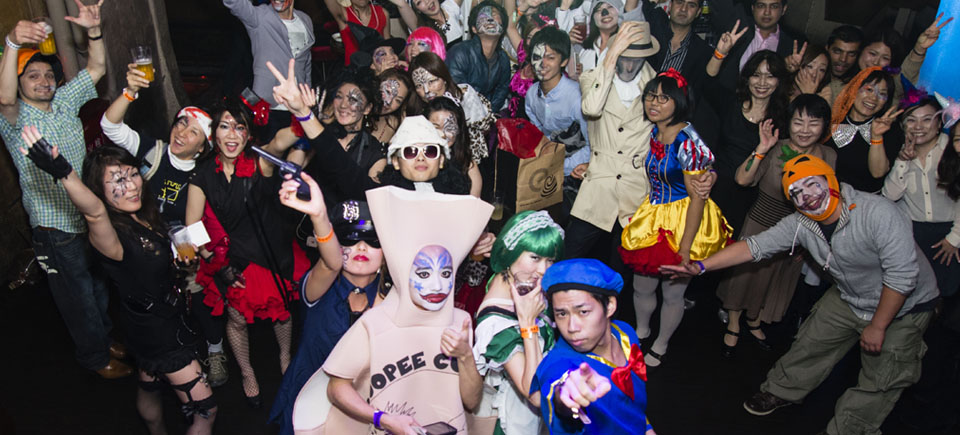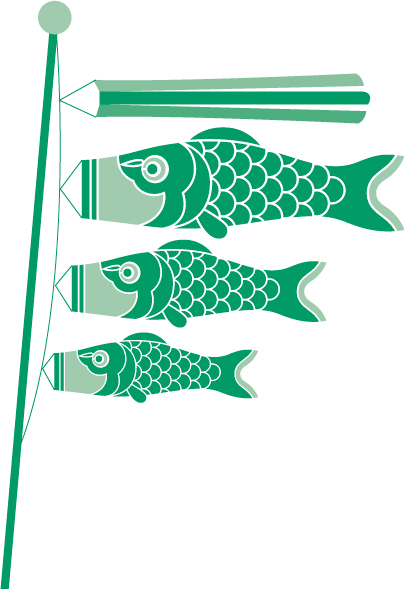Language
Wicked party words
It’s that time of year again when people dress in silly outfits and let loose. What better way to welcome one of Japan’s wilder celebrations than to introduce some important terminology for All Hallows’ Eve?
It’s that time of year again when people dress in silly outfits and let loose. What better way to welcome one of Japan’s wilder celebrations than to introduce some important terminology for All Hallows’ Eve?
To begin with, there are two ways to express Halloween clothing. The first is the katakana kosuchuumu, which is used colloquially in the expression kotoshi no harouiin no kosuchuumu nani wo kiru no? (What are you going to dress as this Halloween?) The other term for costume is the Japanese ishou, which is seen most frequently in the written form. Look for the signs during your next visit to your neighborhood Tokyu Hands, Loft, or Don Quijote store. Likewise, you can ask the sales clerk harouiin no ishou wa doko desu ka? (where are the Halloween costumes?)
When you hit the streets for the festivities, be on the lookout for the staple outfits such as meido (maid), majo (witch), kaizoku (pirate), kangofusan (nurse), fukeisan (female cop), miira (mummy), kyuketsuki (vampire), gaikotsu (skeleton), yuurei (ghost), and kigurumi (cartoon-character costume). When you see something truly eye-catching, try out this phrase as an icebreaker: sugoi, jibun de tsukutta no? (Awesome, did you make it yourself?). This can be followed up with shashin wo tottemo ii desu ka? (Is it OK if I take a photo?)
Enjoy the festivities and stay safe.
| コスチューム (kosuchuumu) | Costume |
| 衣装 (ishou) | costume, outfit |
| 今年のハロウイーンのコスチューム何を着るの? (kotoshi no harouiin no kosuchuumu nani wo kiru no?) | What are you going to dress as this Halloween? |
| メイド (meido) | maid |
| 魔女 (majo) | witch |
| 海賊 (kaizoku) | pirate |
| 看護婦さん (kangofusan) | nurse |
| 婦警さん (fukeisan) | policewoman |
| ミイラ (miira) | mummy |
| 吸血鬼 (kyuketsuki) | vampire |
| 骸骨 (gaikotsu) | skeleton |
| 幽霊 (yuurei) | ghost |
| 着ぐるみ (kigurumi) | cartoon-character costume |









